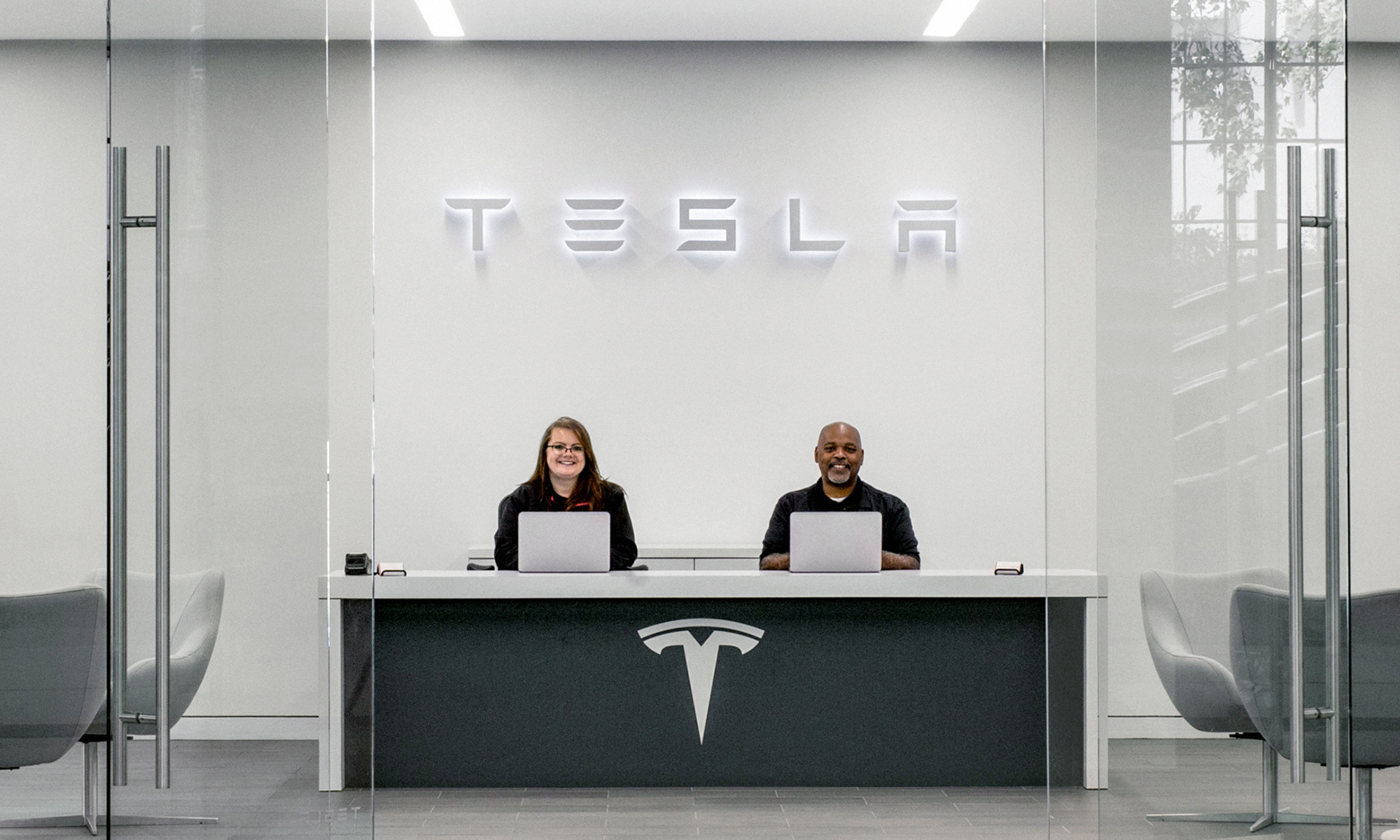Tesla's (TSLA +3.58%) rapid ramp-up in Model 3 production has been putting the automaker's finances through the wringer. Even though Tesla's quarterly revenue hit a record high in its fourth quarter, the electric-car maker's loss per share widened to a worst-ever $4.01 during the period. This compares to a loss per share of $3.70 in the third quarter of 2017 and $0.78 in the fourth quarter of 2016.
Going into its first quarter, investors can expect Model 3's production ramp to continue taking a toll on Tesla's finances. But since Model 3 production is already exponentially higher than where it was at the end of the fourth quarter, investors should look for management to be more optimistic about its finances in the second half of the year.

Model 3. Image source: Tesla.
Ahead of Tesla's first-quarter results on May 2, here's a preview of some of the important areas investors should watch.
Revenue
Since Tesla already reported its first-quarter vehicle deliveries, there shouldn't be any big surprises with the company's revenue. Delivering 24,728 vehicles during its first quarter, with about 9,766 of these units being its lower-cost Model 3, first-quarter automotive revenue should be well below fourth-quarter automotive revenue; in the company's fourth quarter, Tesla delivered 28,425 vehicles, with most of them being the more expensive Model S and X. But an expected increase in energy storage revenue should help offset some of the sequential decline in automotive revenue.
Tesla's first-quarter revenue should be between about $3.1 billion and $3.2 billion, down from $3.3 billion in the fourth quarter of 2017 but up from $2.7 billion in the year-ago quarter.
Loss per share
Tesla will report another significant loss per share in its first quarter. Management expects its automotive gross margin to remain suppressed during the period compared to year-ago levels, weighing on profitability. Tesla's gross margin for its Model 3 was negative in Q4, and the automaker expects this to continue to be the case in Q1.
It's not until Model 3 production stabilizes at 5,000 units per week that the company believes its automotive gross profit margin can rise to a level in which it can begin generating a profit. Since Tesla finished its first quarter producing 2,000 Model 3s per week, investors should expect another big loss during the period -- likely near the $4.01 loss per share reported in the fourth quarter.
Vehicle delivery guidance
Though Model 3's production rate is lagging management's initial timeline by about six to nine months, its recent production ramp-up in the important vehicle has still been extremely rapid. For instance, Tesla built just 2,425 Model 3 units in Q4. But Model 3 production increased to 9,766 units by the end of Q1. In addition, about 2,000 Model 3 units per week were produced in the first quarter.
With such a sharp increase in production recently, the automaker's ambitious targets are starting to look more attainable. Looking ahead, Tesla has said it wants to achieve a Model 3 production rate of about 5,000 units per week around the end of the second quarter. Will it maintain this aggressive outlook for Model 3 production when it reports its first-quarter results?
Financial guidance
Another key area to watch will be management's projections for its finances. Recently, Tesla CEO Elon Musk boldly forecast profitability in both Tesla's third and fourth quarter of 2018. But management has made it very clear that Tesla will need to successfully ramp up Model 3 production to get to this point. Achieving a target production rate of 5,000 Model 3 units per week will lay "the groundwork for Q3 to have the long-sought ideal combination of high volume, good gross margin and strong positive operating cash flow," Tesla said in its April 3 update on vehicle deliveries.
Will Tesla maintain its guidance for positive operating cash flow and profitability in the second half of the year?
Tesla will report its first-quarter results after market close on May 2.






